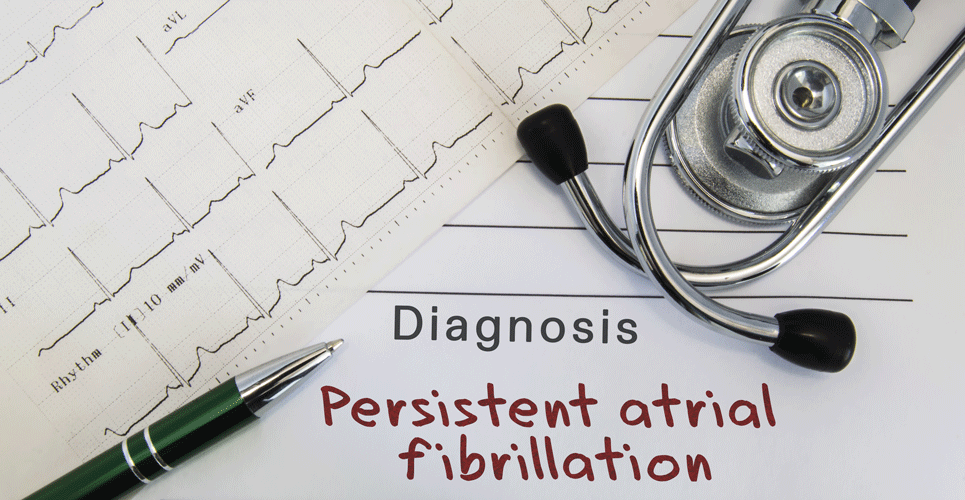An ECG and radiomics model based on cardiovascular magnetic resonance imaging improved the detection of atrial fibrillation in women
A model which combines features of an ECG and radiomics data derived from cardiovascular magnetic resonance imaging improved the detection of atrial fibrillation (AF), particularly in women, to a greater extent than either model alone according to the findings of a study by Spanish and UK researchers.
Atrial fibrillation is known to be the most common cardiac arrhythmia and characterised by an irregular heart rhythm and an often abnormally rapid heart rate. Globally, it has been estimated to affect 0.51% of the population. AF is diagnosed from an ECG and in which typically, P-waves are absent and there is both a chaotic baseline and an irregular ventricular rate. Cardiac magnetic resonance (CMR) is the reference imaging modality for assessment of cardiac structure and function and CMR radiomics has the potential to improve diagnostic accuracy. Moreover, Cardiac MRI of the atrial substrate is not only a tool for management and treatment of arrhythmia, but also to individualise the prevention of stroke and major cardiovascular events. But what remains unclear is how well a CMR-based radiomics model can identify patients with AF and more importantly, if addition of a model that uses ECG-derived data, to the CMR-model would further enhance the potential to detect AF.
In the present study, researchers examined the feasibility of combining two such models to enable the detection of AF. The team used information from the UK Biobank and identified patients who had both an ECG and CMR scan and compared their findings with healthy controls. Models were assessed using the area under the receiver operating characteristics curve (AUC) and associated sensitivity and specificity.
ECG and radiomics model and atrial fibrillation detection
A total of 32,121 participants with a mean age of 63 years (51% female) were included and of whom, 495 (63% male) had AF.
Overall, the AUC for the combined model was similar to the ECG-model (0.87 vs 0.86), i.e., adding the radiomics model did not significantly improve predictive power. In fact, when comparing the predictive power of models between the sexes, the AUC for the ECG-model was less predictive for women than men (0.77 vs 0.88, p < 0.05). However, although accuracy improved for women when combined with the CMR-model, but this only improved to the level of the ECG-model for men (0.87 vs 0.88, women vs men). Finally, when considering AF patients who had a normal ECG, the combined model had an AUC of 0.61.
The authors concluded that their integrative radiomics-ECG model presents a potential novel approach for earlier detection of AF.
Citation
Pujadas ER et al. Atrial fibrillation prediction by combining ECG markers and CMR radiomics. Sci Rep 2022

